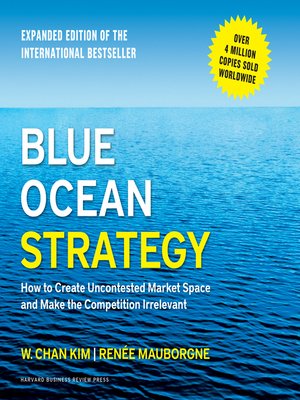

Objective to stay alive, gather resources and build yourself a floating home worthy of Raft™ throws you and your friends into an epic adventure out on the big open sea, with the Trapped on a small raft with nothing but a hook made of old plastic, players awake on a vast,īlue ocean totally alone and with no land in sight! With a dry throat and an empty stomach, Hence, competition, the supply side of the equation, remains the defining variable of strategy with the focus on dividing up existing industry space.About This Game By yourself or with friends, your mission is to survive an epic oceanic adventure acrossĪ perilous sea! Gather debris to survive, expand your raft and set sail towards forgotten and dangerous islands! Here, grabbing a bigger share of the market is also seen as a zero-sum game in which one company's gain is achieved at another company's loss. To sustain themselves in the marketplace, practitioners of strategy focus on building advantages over the competition, usually by assessing what competitors do and striving to do it better. Taking market structure as given, much as military strategy takes land as given, such a view drives companies to try to carve out a defensible position against the competition in the existing market space. 3 The academics call this the structuralist view, or environmental determinism. 2 Here, market structure, given by supply and demand conditions, shapes sellers' and buyers' conduct, which, in turn, determines end performance. IO economics suggests a causal flow from market structure to conduct and performance.

1 Industrial organization (IO) economics gave formal expression to the prominent importance of competition to firms' success. The very language of corporate strategy is deeply imbued with military references-chief executive " officers " in " headquarters, " " troops " on the " front lines, " and fighting over a defined battlefield. Such focus on the competition traces back to corporate strategy's roots in military strategy.

Today, one can hardly speak of strategy without involving the language of competition: competitive strategy, competitive benchmarking, building competitive advantages, and beating the competition. F or twenty-five years, competition has been at the heart of corporate strategy.


 0 kommentar(er)
0 kommentar(er)
